RESIDENT SCHOLARS / 2018-2019
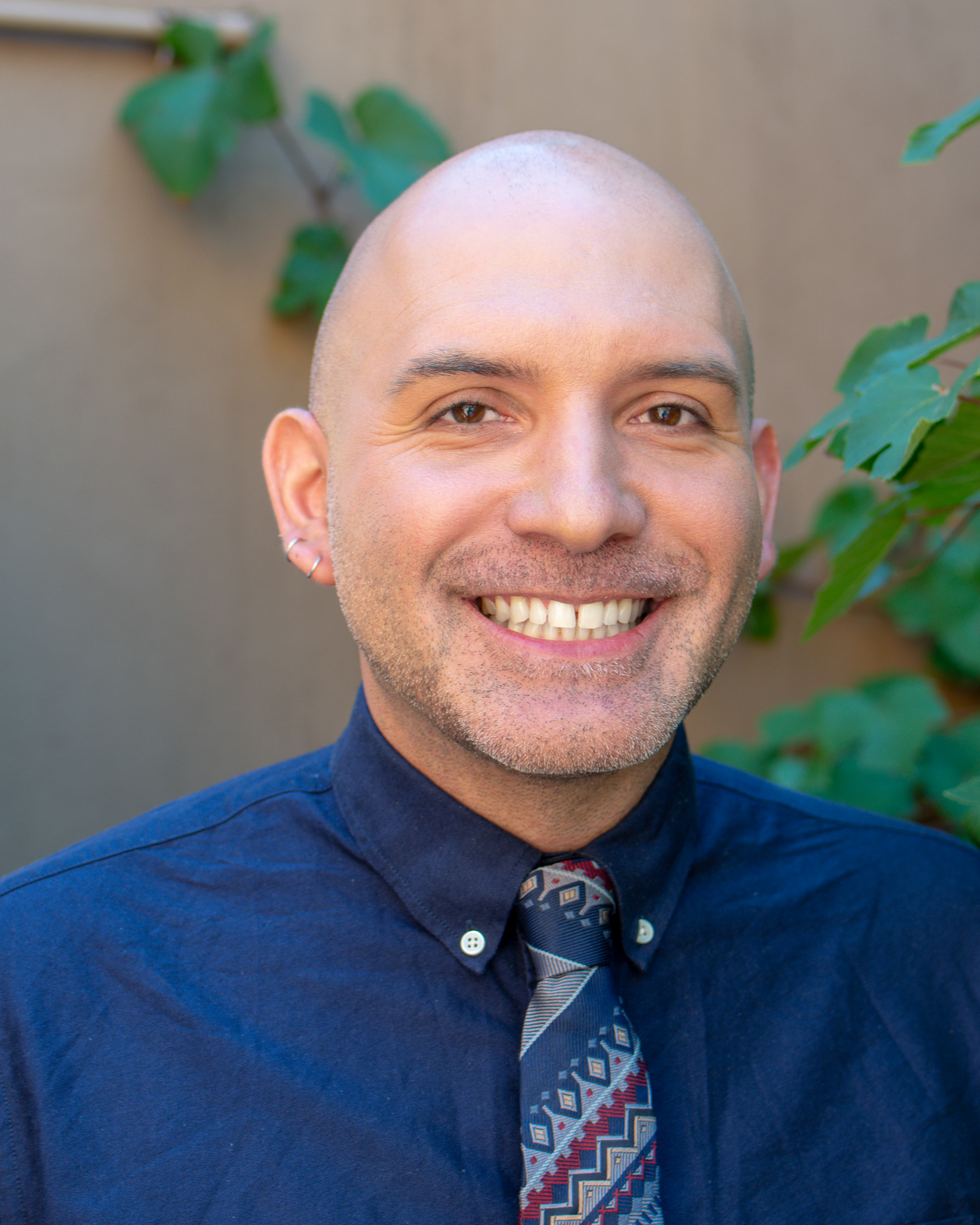
John Arroyo
Mellon Fellow
Historical patterns of U.S. migration locate Latino immigrants in dense urban centers, but recent demographic shifts reveal peripheral suburbs and exurbs—specifically in the South—as the new host destinations for Latino settlement. Mr. Arroyo’s project relies on qualitative data to analyze the role that municipal-level institutions in suburban Atlanta (Gwinnett County) play in planning and designing for growing influxes of Mexican immigration, and illustrates how fear, invisibility, and immigrant agency manifest across a variety of Mexican communities and their suburban-built environments.
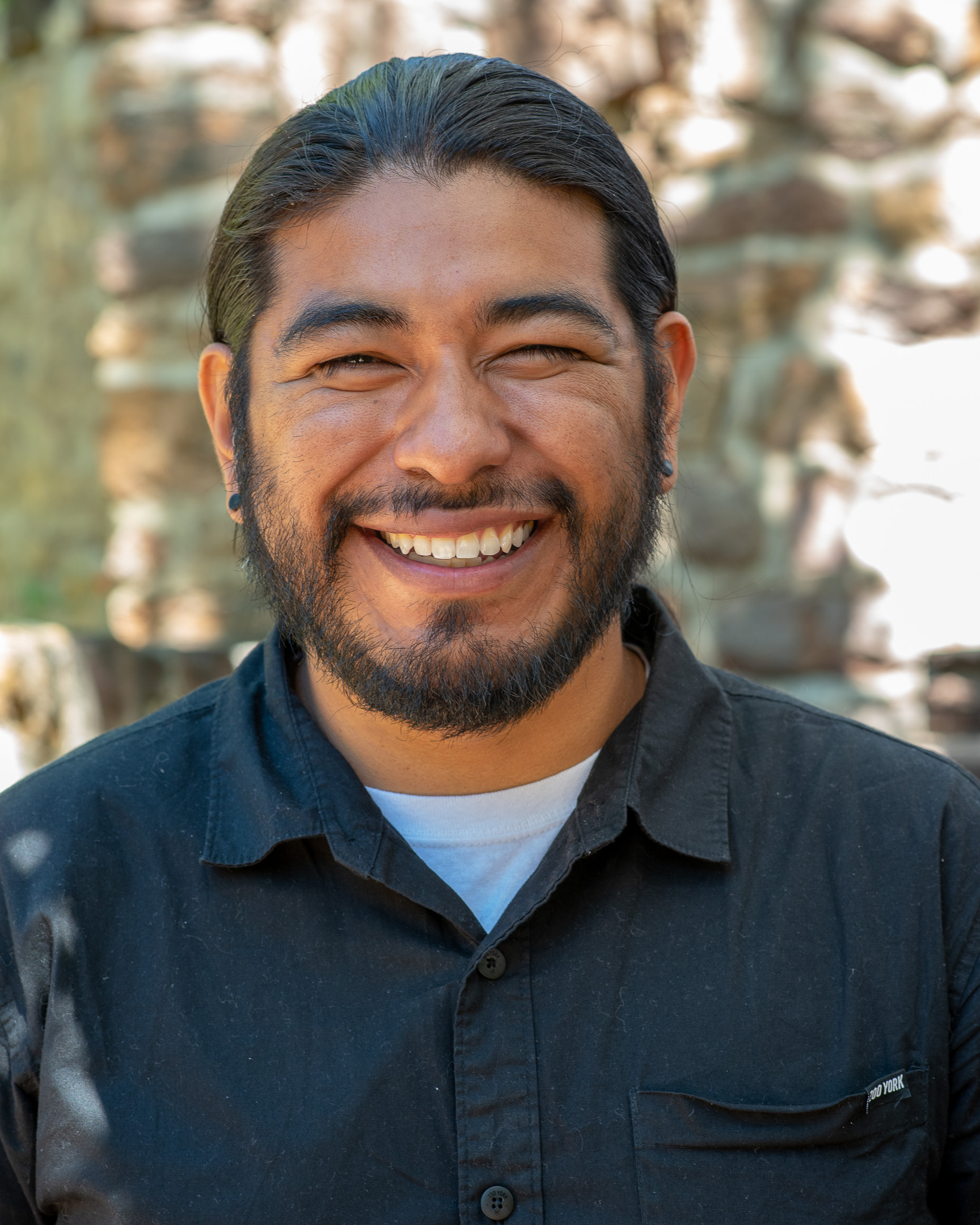
Giovanni Batz
Anne Ray Fellow
In Cotzal, Guatemala, the arrival of megaprojects is referred to as the “fourth” invasion. Dr. Batz’s project presents a historical account of these “four invasions” with an emphasis on a conflict surrounding the construction of a hydroelectric dam in Cotzal. He argues that the arrival of extractivist industries is a continuation of colonial logic of extraction based on genocidal institutions, prompting the latest Ixil opposition movement that ranges from open revolts to everyday forms of resistance.
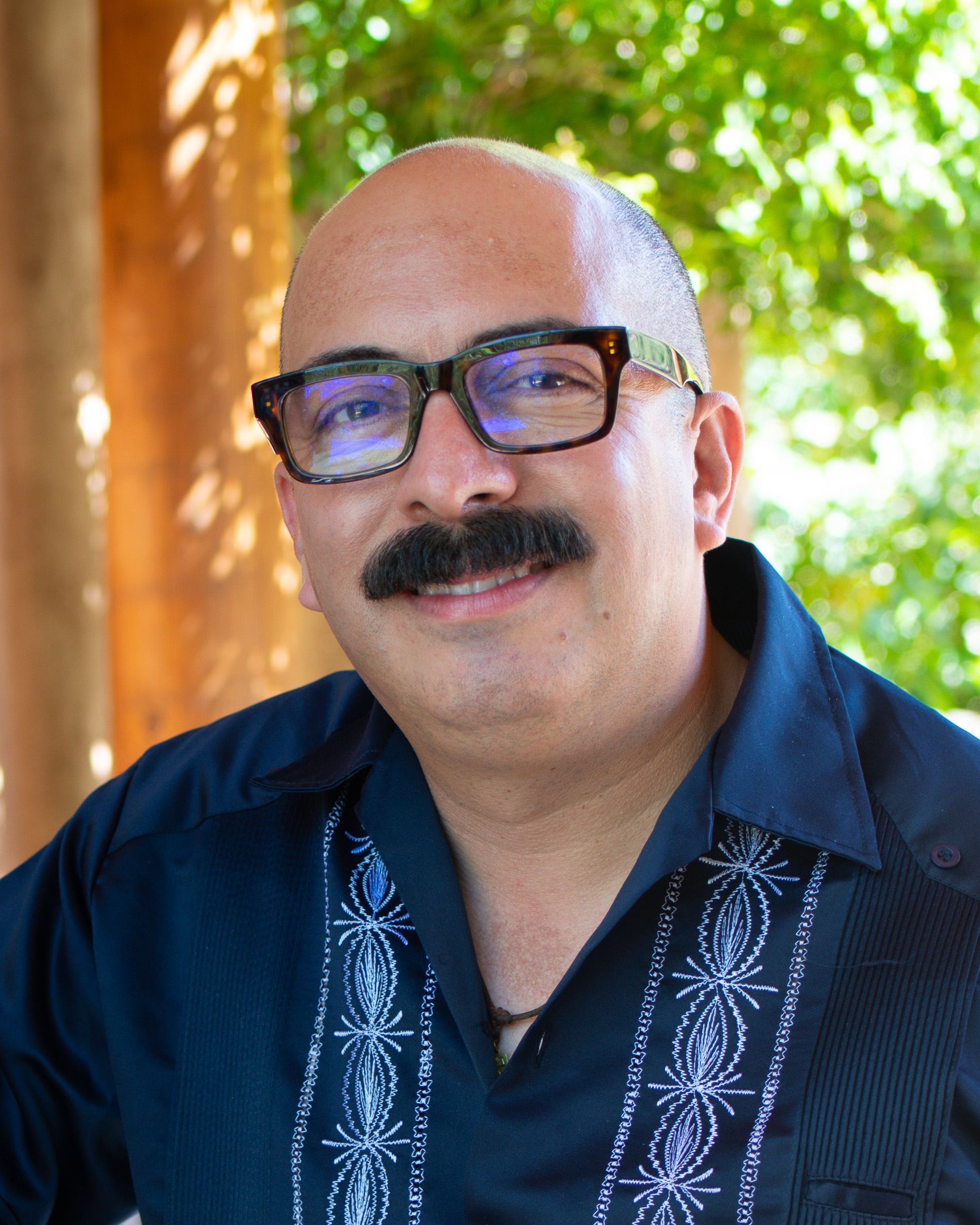
William Calvo-Quiros
Mellon Fellow
Saints of Migration investigates the U.S.-Mexico border not only as a physical frontier of socio-economic and political conflict, but also as an epistemic battleground over spiritual and imaginary geographies. Dr. Calvo-Quiros’ project analyzes the emergence, evolution, and migration of five folk border saints as historical artifacts that embody the struggles of migrating Latinx communities in the last one-hundred years.
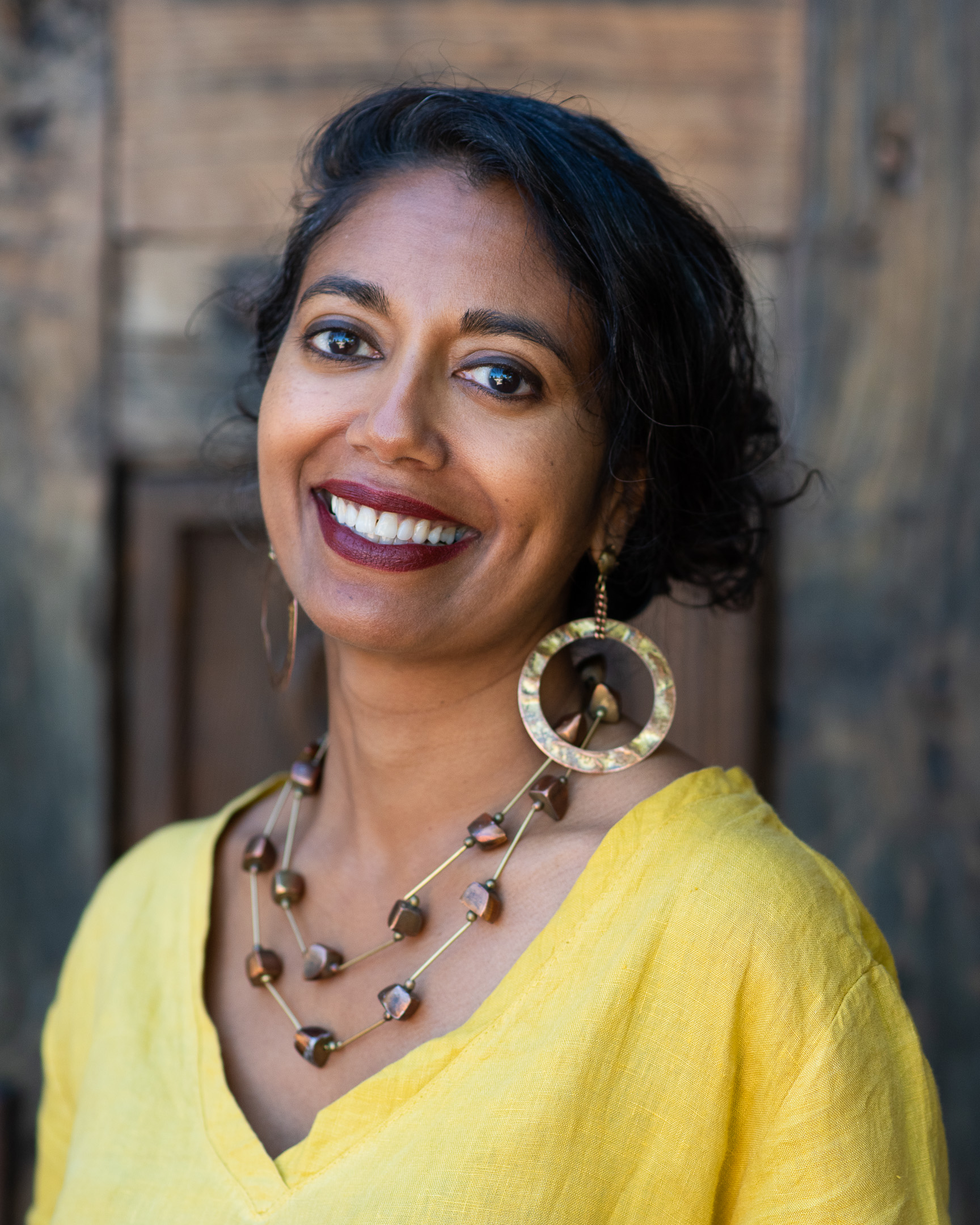
Mayanthi Fernando
Weatherhead Fellow
Dr. Fernando’s project brings together Islamic sciences of the unseen (‘ilm al-ghayb) and recent post-humanist anthropology to ask whether “natureculture” – a reversal of the distinction between nature and the human – is better understood as “supernatureculture” by including non-material beings in the examination of the co-mingling of nature and humans.
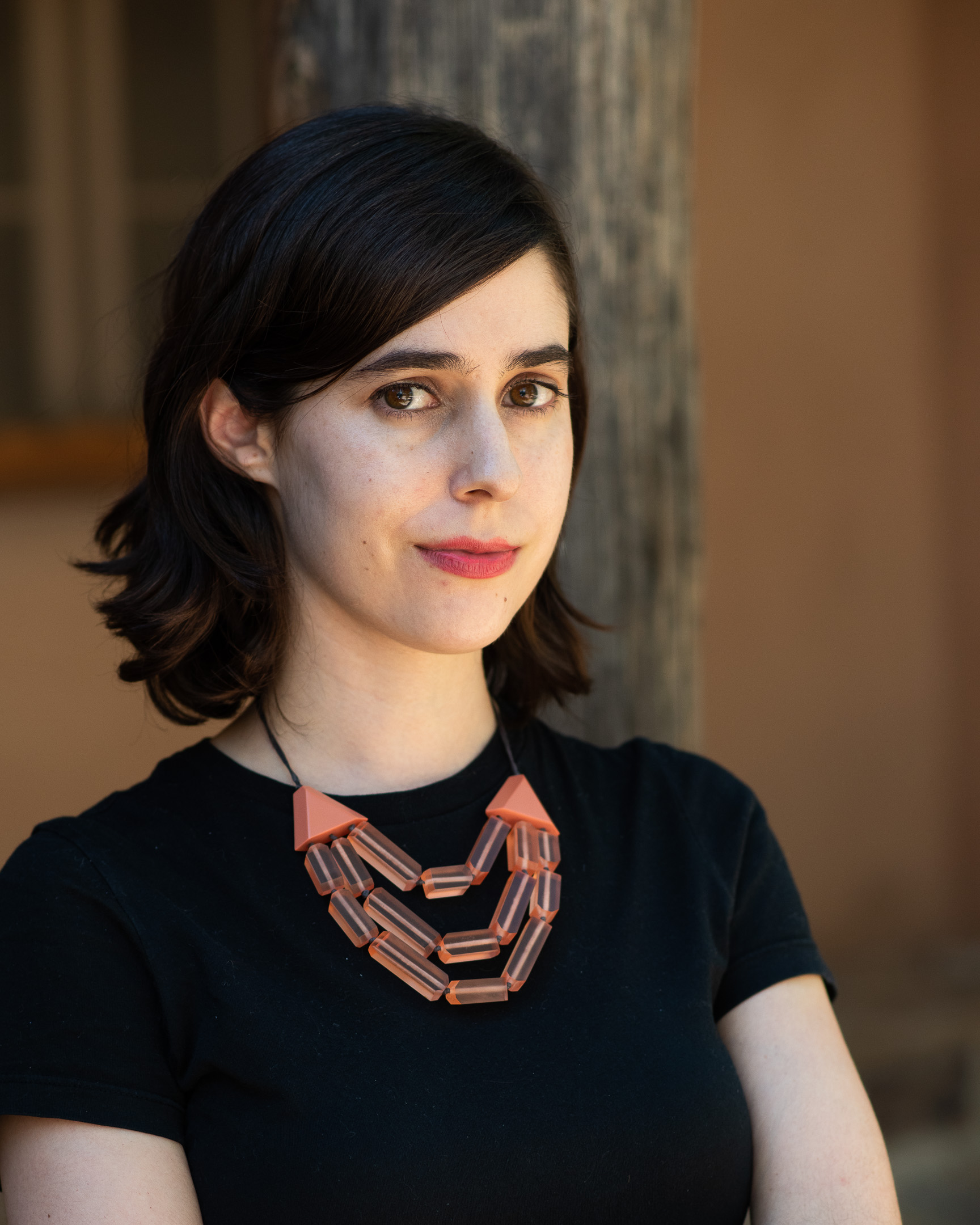
Beth Semel
Weatherhead Fellow
Ms. Semel’s project ethnographically investigates the work of U.S. university-based research teams of psychiatric and engineering professionals collaborating to develop artificial intelligence-enabled speech analysis technologies. Emphasizing the way culture shapes statements about AI’s “objective” capacities, Semel explores how researchers insist that their technologies can identify signs of mental illness that are otherwise inaudible to humans, and will be agnostic to some differences – like race, gender, and class – but not to the difference between a psychologically well and a psychologically unwell person.
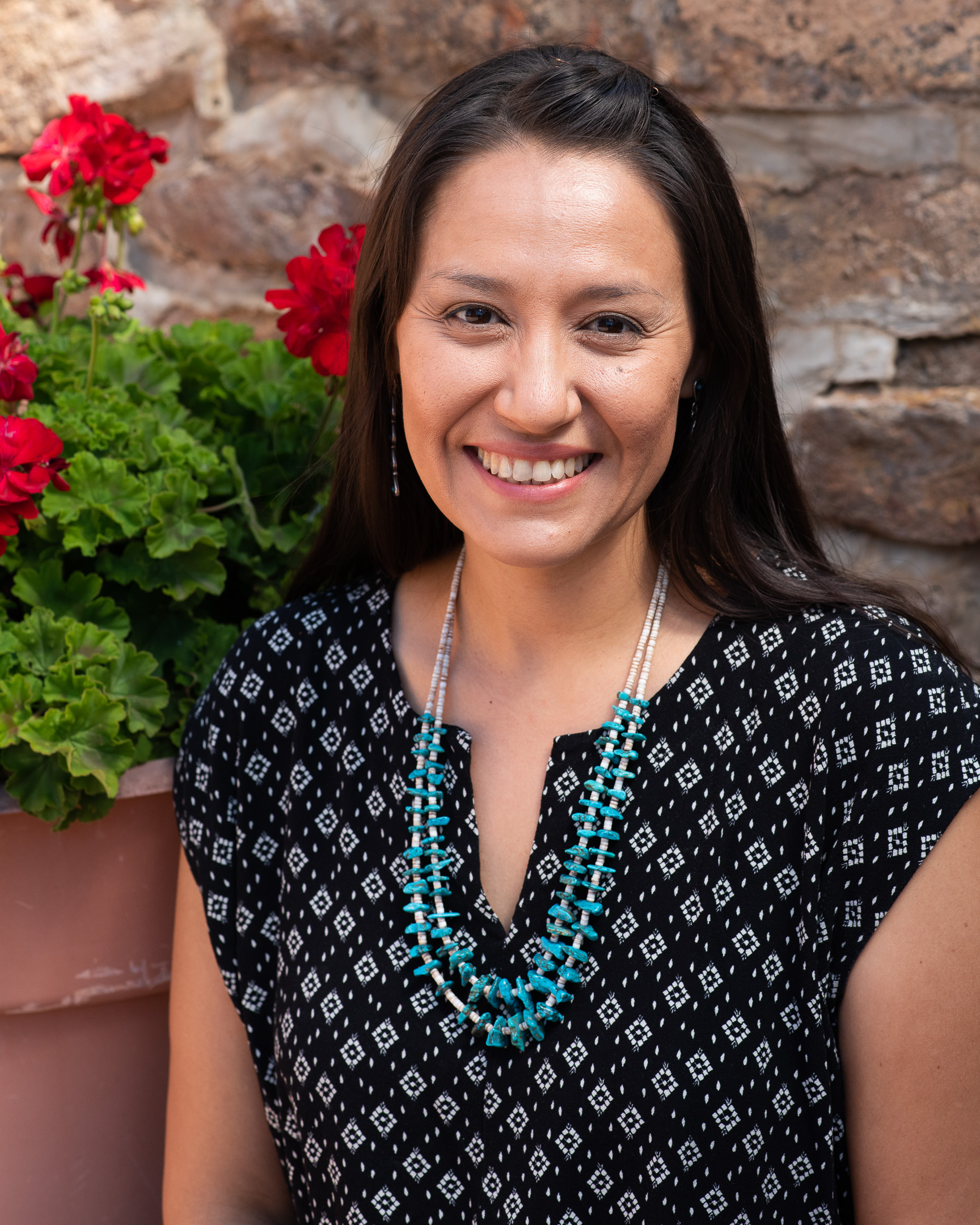
Melanie Yazzie
Katrin H. Lamon Fellow
Dr. Yazzie’s book, K’é is Life: Biopolitical Struggle and Relational Possibility, examines two biopolitical modalities through which twentieth-century Navajo history and life were organized, shaped, and contested. Exploring state-sponsored biopolitical experimentation on Navajo subjects, Navajo dependence on extractive technologies, and Navajo resistance (relationality), Dr. Yazzie traces these histories and builds on relationality to ground the book’s larger concerns with the biopolitics of settler colonialism.